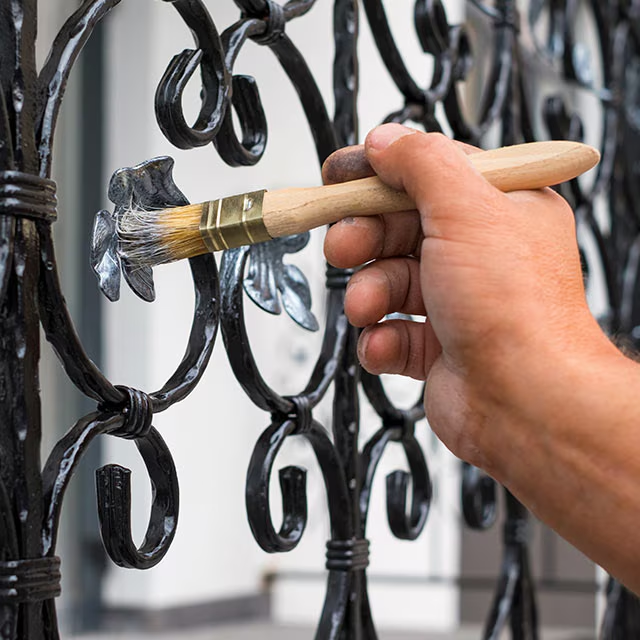A functional toilet is a cornerstone of a comfortable and hygienic home environment. However, unforeseen circumstances, like a leaky valve or a planned repair, might necessitate shutting off the water supply to your toilet. This seemingly simple task can be perplexing for some homeowners, particularly those unfamiliar with basic plumbing components. Fortunately, the process is straightforward and can be accomplished with a few essential tools and know-how.
Common Scenarios When Shut-Off is Necessary
Understanding when to shut off the water supply to your toilet empowers you to address plumbing issues effectively. Here are some common scenarios that warrant this action:
Repairing a leaky toilet: A malfunctioning flapper or a worn-out fill valve can lead to a constantly running toilet, inflating your water bill. Shutting off the water supply is crucial before undertaking repairs to prevent overflowing and water damage.
Replacing the toilet: Upgrading your toilet to a more water-efficient model necessitates turning off the water supply for a smooth installation process.
Preventing overflow: In an emergency situation, such as a cracked fill valve or a broken supply line, shutting off the water supply is the quickest way to halt the flow of water and prevent a potential flood.
Locating the Shut-Off Valve
The first step to shutting off the toilet’s water supply is locating the designated shut-off valve. In most residential settings, this valve is conveniently situated behind the toilet, typically on the floor or low on the wall. It regulates the water flow specifically to the toilet, isolating it from the home’s main water supply line.
The shut-off valve can manifest in two common designs: a lever-handled valve or a knob-style valve. The lever handle is operated by turning it perpendicular to the pipe, resembling a shut-off switch. Conversely, the knob-style valve requires a clockwise rotation to stop the water flow.
There might be instances where the shut-off valve is concealed behind a decorative access panel. If you encounter such a situation, gently pry open the panel to access the valve underneath.
Turning Off the Water Supply
Once you’ve identified the shut-off valve, proceed with turning off the water supply. Here’s a breakdown of the process:
Maneuvering the Shut-Off Valve: For lever-handled valves, firmly grasp the handle and turn it clockwise until it reaches a perpendicular position. If you’re dealing with a knob-style valve, rotate it clockwise as well, but be mindful of not applying excessive force.
Applying Gentle Force and Avoiding Overexertion: It’s important to use a moderate amount of force when turning the valve. A stubborn valve might indicate mineral deposits or corrosion. In such cases, you can try applying a lubricant, like WD-40, around the valve stem to loosen it up. However, avoid overexerting yourself, as a broken valve can worsen the situation.
Testing the Shut-Off by Flushing the Toilet: After turning the valve, verify if the water supply has been successfully shut off. Flush the toilet and observe the tank. If the tank doesn’t refill after flushing, you’ve successfully stopped the water flow.
Troubleshooting a Stuck Shut-Off Valve
If, despite your efforts, the shut-off valve remains stubbornly immobile, don’t resort to drastic measures. Here are some steps to consider:
Utilizing Lubricant for Improved Functionality: As mentioned earlier, a lubricant like WD-40 can sometimes free up a stuck valve by dissolving mineral deposits. Apply a light spray around the valve stem and allow it to sit for a few minutes before attempting to turn it again.
Considering Replacement if Valve Remains Immobile: If lubrication proves ineffective, and the valve continues to resist turning, it’s likely time to consider replacing the shut-off valve altogether.
While the ideal scenario involves using the dedicated shut-off valve behind the toilet, there might be situations where this method is unavailable or proves ineffective. Here’s what to do in such emergencies:
Resorting to the Main Water Shutoff Valve (With Caution): If the toilet’s shut-off valve is broken or completely inaccessible, you can resort to shutting off the main water supply to your entire house. Locate the main water shutoff valve, which is typically situated near the curb stop (the shut-off valve located outside your house near the water meter) or where the water supply line enters your residence. The valve design might be similar to the toilet shut-off valve, with either a lever or a knob handle.
Important Considerations: Understand that shutting off the main water supply affects your entire house, not just the toilet. This means you’ll have no running water for sinks, showers, or laundry machines until you turn the main valve back on. Additionally, if you’re unsure about the location or operation of the main water shutoff valve, it’s best to seek professional assistance to avoid accidentally damaging the valve or disrupting your water supply unnecessarily.
Seeking Professional Assistance if Necessary: In situations where you’re uncomfortable maneuvering the shut-off valves or suspect a more complex plumbing issue, don’t hesitate to call a licensed plumber. A qualified plumber possesses the expertise and tools to diagnose the problem, repair the leak or malfunction, and ensure your toilet’s water supply is functioning correctly.





